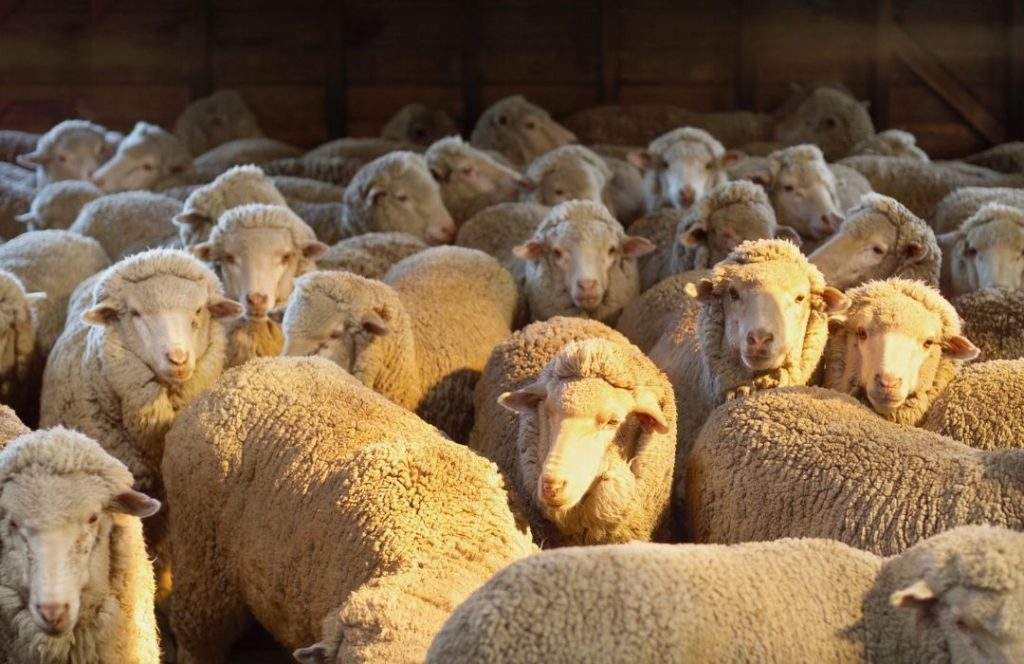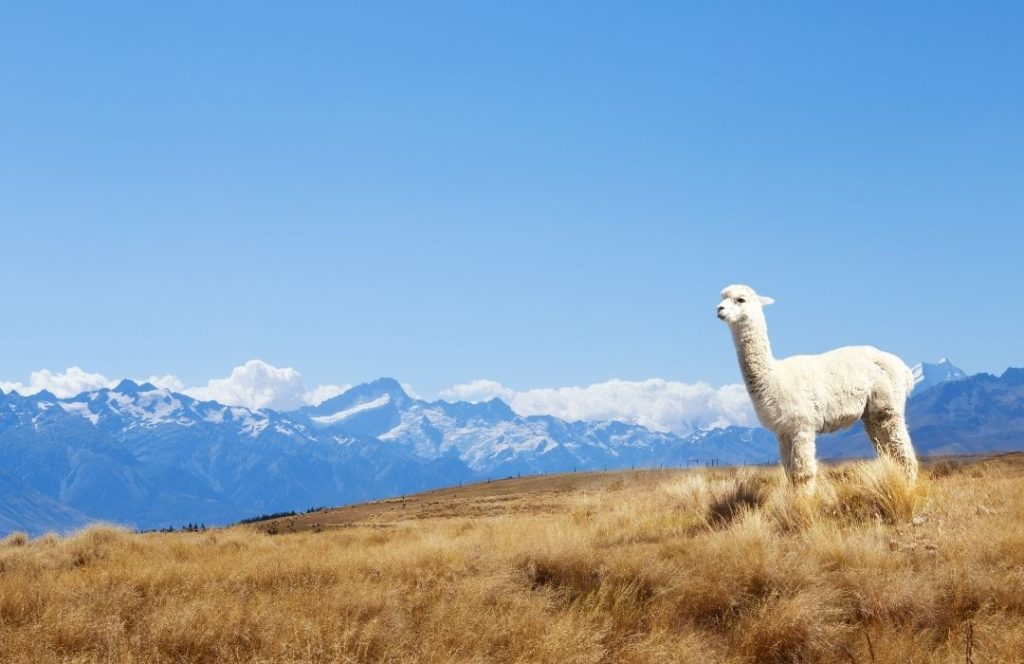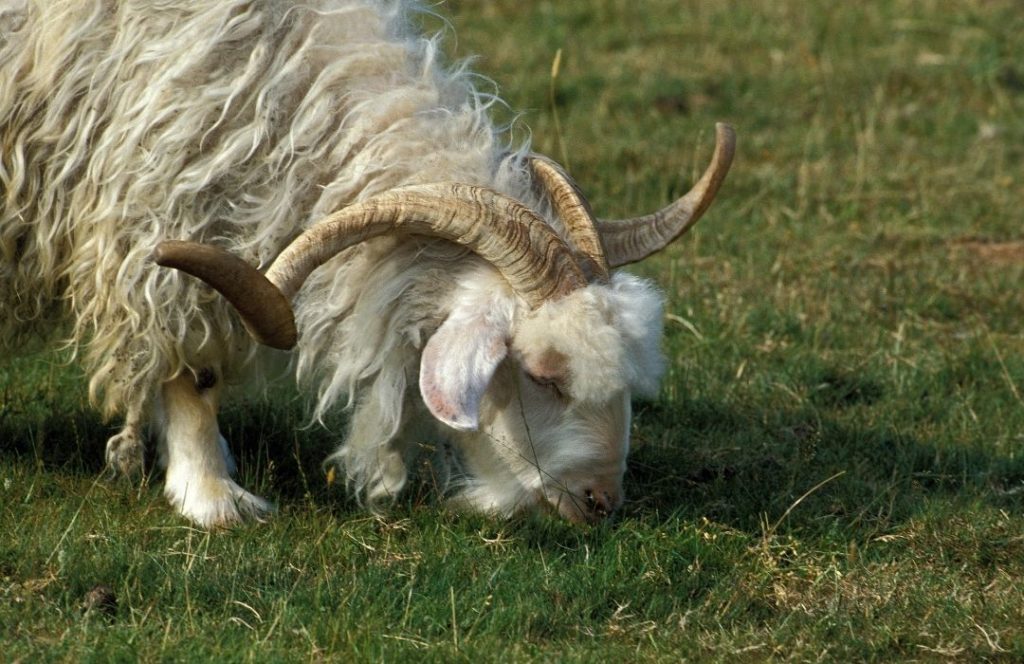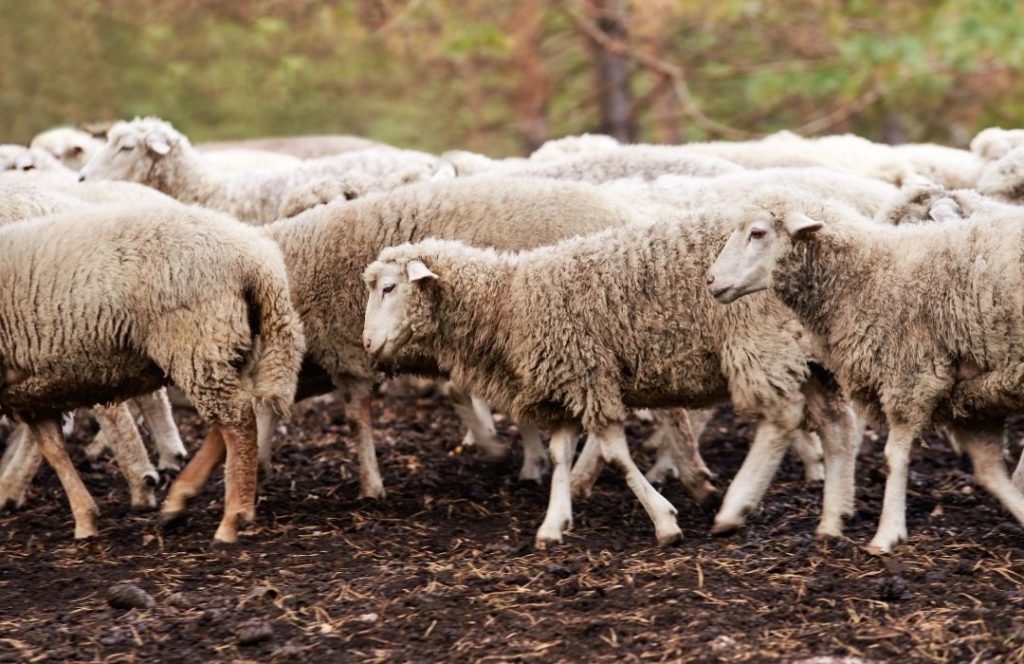When it comes to buying winter shawls, there are endless types of wool, textiles, and materials to choose from. From scarves made from lambs wool to the ones made from camel’s hair, there’s a lot to choose from. If you want something luxurious, you can try a pure Pashmina product that comes with a hefty price tag. Have you ever wondered why some wools are more expensive than other kinds of wool?
Well, wool refers to the natural fibres obtained from animals, not just from sheep. The softness and finesse and how the wool is harvested determine its cost. When you buy a shawl, you may have come across apparel tags like Alpaca and Cashmere, etc. Knowing these different types of wool can help you understand why one apparel is more expensive than the other. But first, lets understand why people often prefer wool to any other material when it comes to the winter season
Why is Wool the First choice in Winter
When it comes to winter, or any other colder weather day in Spring or Fall, men or women choose wool as the first alternative. The are a number of reasons why this happens. Here are a few:
Insulation
Wool offers strong insulating qualities that help in maintaining body heat. In cold weather, its natural fibres provide tiny air pockets that trap warm air close to the body, acting as insulation and keeping its wearer warm. Additionally, the crimped structure of wool fibres improves their capacity to hold heat.
Moisture Wicking
Wool has a special capacity for absorbing and wicking away perspiration from the body, keeping you dry and comfortable. This is crucial in the winter when sweat can build up on the skin and cause discomfort, as well as possibly making you feel colder. Wool can absorb up to 30% of its weight in moisture without feeling damp, unlike synthetic textiles.
Breathability
Wool is breathable despite being thick and warm. By allowing air to flow, it avoids overheating and excessive perspiration. Because of your body's ability to breathe, you can stay comfortable in a variety of weather circumstances. Wool is a good way to control body temperature in both cold and hot climates. For this reason, as soon as winter arrives, wool is the first fabric that people invest in.
Natural water resistance
Lanolin, a sheep-produced natural wax found in wool, contributes to some degree of water resistance. It keeps you dry and protected in winter circumstances by repelling light rain and snow. Wool clothing is a reliable option in wet or snowy conditions since wool fibres can retain warmth even when wet.
Durability and Longevity
Wool is a material that is both resilient and long-lasting. It has exceptional elasticity, which enables it to hold its shape and fend off creases. Wool fibres are strong and able to resist continuous use and wear without losing their ability to insulate. Purchasing wool clothing of superior quality guarantees that it will keep you warm for many winters to come.
Natural and Sustainable
Wool is a renewable and an environment friendly fibre. The Shorn sheep naturally grow new wool after being shorn. Wool is biodegradable and does not cause environmental damage when disposed of, in contrast to synthetic materials. A more environmentally friendly and sustainable approach to fashion is supported by the use of wool products.
It is these qualities of wool that make it the best option. For being warm and cosy throughout the winter months while ensuring durable and sustainable clothing, wool is chosen over every other fibre as soon as there is a nip in the air
Before you head to make your next purchase, here’s a break down of the different types of wool.
Cashmere wool

Known for its luxurious feel and look, Cashmere is one of the extremely fine wool available. Cashmere wool is produced in a number of regions in the world. China and Mongolia are the largest producers of cashmere in the world and their production accounts for around 90% of the total Cashmere. While the rest of the world products only 10% of Cashmere. The least, yet finest Cashmere production comes from Ladakh. Even though the region produces just 0.75% of Cashmere, yet is it the finest, warmest, and the most smooth version of this luxury wool.
Cashmere from Mongolia and China has a diameter of 15-18 microns which makes it thicker as compared to Ladakhi Cashmere which is as fine as 12 microns. Being of the finest quality and limited in supply, the Ladakhi variant is the most expensive variety as far as Cashmere is concerned.
From the finest hair of Changthangi, a rare goat, found in Jammu and Kashmir, comes Ladakhi Cashmere. The goat sheds its thick and warm fleece during the spring. Despite being so lightweight, a Pashmina wrap is eight times warmer than shawls made of sheep’s wool. Cashmere wool is considered to be one of the finest natural fibers and pure Cashmere products get softer over the years. It is, therefore, no surprise that from the royal families of the yore to the celebrities of the day, everybody loves the warm embrace of a Pashmina shawl.
Merino wool

Made from the wool of a Merino sheep, Merino wool is known for having softer coats than others. Compared to sheep's wool, merino wool is finer and has less than 24 microns in diameter. As there’s only a small window to harvest Merino wool, it’s quite expensive. Though Merino wool is softer than conventional wool fleeces, a Merino product is a tad less expensive than a Cashmere
Also read: How warm is Cashmere compared to Merino wool?
Alpaca Fleece

The Alpaca fleece is the natural fibre harvested from an alpaca, an animal found in South America. This type is ideal for making sweaters, coats, gloves, scarves, and other items. However, as it is not as soft as Cashmere or Merino, other wools are often blended with Alpaca fleece to improve the processing quality. The fleece range from 15-40 microns. The Alpaca fleece is also considered suitable for upholstery.
Mohair Wool

Just like Cashmere, Mohair wool is obtained from goat, however, from different kinds. While Cashmere is obtained from Changthangi goat, you get Mohair from Angora goat. Mohair wool has a silk-like texture and is a lustrous fibre. The wool, which is approximately 25–45 microns in diameter, is used in scarves, winter hats, suits, sweaters, coats, socks, and home furnishing.
Lambswool

The first shearing of a sheep when it is at around seven months of age is called lambswool. The fresh wool is smooth, strong and flexible and doesn’t need much processing. It’s ideal for blankets and bedding. Like all sheep's wool, lambswool is popularly used for good quality knitwear.
How to Wear Wool
Depending on the clothing and the weather, wool can be worn in a variety of ways. Here are some ways to remember about how to dress in wool:
Picking the correct outfit: Wool comes in a variety of forms, including socks, hats, coats, scarves, and sweaters. Depending on the temperature, the situation, and your personal style preferences, choose the suitable wool clothing.
Layering: Wool is excellent for layering in chilly climates. For additional warmth, you can layer a wool coat over a sweater by wearing it over a shirt or blouse or a wool sweater or cardigan. By layering, you can adapt your apparel to the everyday weather changes.
Mixing Different Textures: To give your clothing more visual interest, experiment with a variety of textures and patterns. For instance, match a thick wool jumper with your favourite pair of jeans. To create fashionable and well-balanced outfits, pair wool pieces in solid colours with patterned accessories or go the other way around.
Colour Coordination: Select wool clothing in the colours that go well with the rest of your outfit and complement your skin tone. Black, grey, navy, and tan are a few timeless hues that are adaptable and simple to match. To add a splash of colour to your winter attire, you can also use strong hues or earthy tones.
Wool As accessories: Accessorise your winter ensembles with wool scarves, hats, and gloves for both fashion and practicality. Choose complementary or contrasting colours to go with your outerwear and produce a unique design. To finish off your look, think about a warm wool beanie or a thick knit scarf. Besides keeping you warm and comfy, these accessoires add a dash of colour into your monotone winter outfits.
A Word of Caution
Wool clothing needs to be properly cared for to keep its beauty and durability. Wool may need specific handling, so pay attention to the care recommendations on the label of the garment. It is typically advised to hand wash or run a soft wool cycle with a light detergent, lay flat to dry, and then clean the item. Keep wool out of direct sunlight and high temperatures, since they may cause damage or shrinkage.
Also read: Is it worth buying Cashmere?